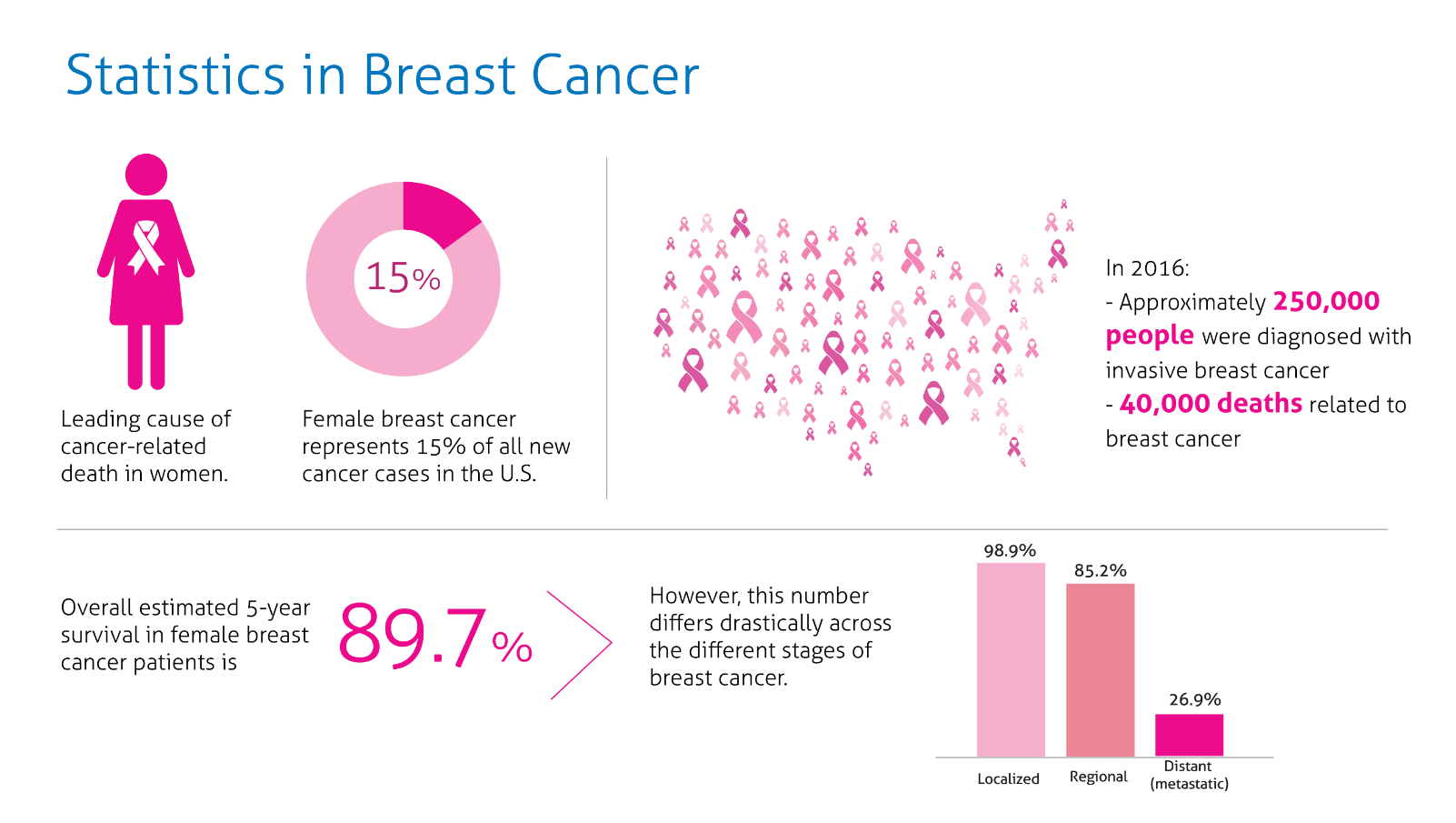Managing Your Diabetes Through the Holiday Season
The holidays are an opportunity to gather with family and friends and are filled with endless quantities of sweets at school, work and home. But the celebration over food and eating during this season can be very tough, especially for those living with diabetes.
Before you decide to hide from family and friends, you should know that being diabetic doesn’t mean you have to give up your favorite holiday traditions. With a little planning and preparation you can make better choices this holiday season and still enjoy your favorite treats. Stay in control of your weight and glucose levels this holiday season by following these 10 easy tips.
Focus on the fun – The holidays are our opportunity to spend time with family and friends. Focus on some of the fun holiday rituals and traditions like tossing a football, trimming the tree or gathering with loved ones. Making a conscious effort to redirect your thoughts can make a big difference in the decisions you make.
Eat before the feast – Skipping a meal or snack earlier in the day to save calories for the big feast later on will make it much harder to control your blood glucose. People are more like to overeat when they are hungry.
Find treats that work – Look for treats to help you satisfy that craving to indulge over the holidays. Substituting sparkling water and tea in place of sugary soft drinks are ways to enjoy the holiday experience without adding a lot of calories. Consider seeds and nuts as they are a great source of protein and healthy fat.
Save calories for very special treats – Training yourself about what to indulge in and what to skip is a lot like effectively managing your money. Instead of eating the store-bought cookies, maybe hold out for the homemade treats that are special to you and your family.
Get back on track – Redirect your focus on the people around you, not the food. Try and incorporate some extra exercise that day, monitor your glucose levels and get right back on track the next day with your usual eating routine.
Reduce the fat – Reduce the fat and calories in the traditional recipes by using fat-free or low-fat milk and cheese. Trim meats before cooking and remove skin before eating. Cook meats on a rack so that the fat can slowly drip away. Many baking recipes can be adjusted by using applesauce in place of half the butter.
Go light on the gravy and sauces – You may not be able to control what’s being served during the holidays, but you can control what you put on it. Try limiting (or cutting out altogether) the less healthy sauces or gravies that are typically offered.
Stock your freezer with healthy meal options – Take a proactive approach several weeks ahead of time by cooking meals intended specifically for your freezer. And if you don’t have time to cook, purchase and store healthy frozen meals for your freezer. You’ll thank yourself later when you can pop one of those healthy meals in the oven and turn your attention to your holiday chores.
Drink in moderation – If you choose to drink alcohol, it is important to remember to eat something beforehand to prevent low blood glucose levels. Drinking alcoholic beverages can add a significant amount of calories to your holiday intake. Try limiting servings to one drink for ladies and two drinks for gentlemen, per occasion.
Stay active – Lack of physical activity is a major reason we have problems with weight and diabetes management over the holidays. Understanding that this is a busier time of year than normal, it is extra important to plan time each day for exercise. Consider a nice long walk about an hour after a holiday meal.
This holiday season is about celebrating and enjoying the people in your life. With some careful planning and smart choices, you can make sure that your holidays are both happy and healthy. Try to focus your energy on the people you love and not the food. Invest in yourself and your diabetes health this holiday season by being prepared and planning ahead. Happy Holidays!
